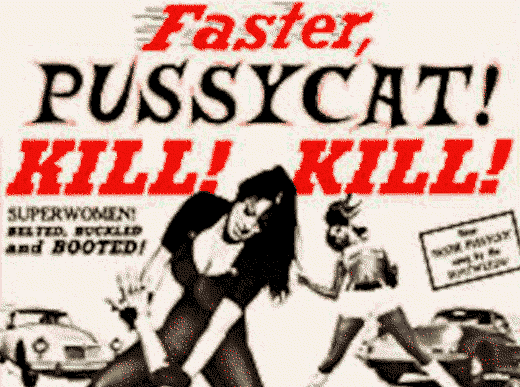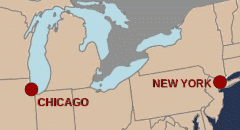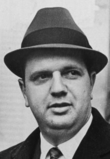
Edmond Valin in 2021 added four new articles to the growing Rat Trap collection. The articles are described below:
Chicago Outfit
Extortionist ‘Jukebox Smitty’ informed
(January 2021)
Fred “Jukebox Smitty” Smith’s brutality allowed him to dominate the jukebox industry in Chicago for decades. Secretly, he provided information about Chicago Outfit members, rackets and murders to the FBI beginning early in 1964.
https://mafiahistory.us/rattrap/infsmitty.html
Chicago Outfit
The politician, the singer and the Mob
(April 2021)
George Vydra, a businessman and local politician in the Chicago suburb of Berwyn, became obsessed with local singer Jane Darwyn. In an effort to aid Darwyn’s career, Vydra began dealing with Chicago racketeers. In 1962, he began providing information to the FBI.
https://mafiahistory.us/rattrap/infgeorgevydra.html
Chicago Outfit
Car-bomb corrected Cerone’s biggest mistake
(May 2021)
Louis Bombacino, Jr., was killed in an Arizona car-bomb explosion in 1975. He had been living in the Grand Canyon State under an assumed identity since betraying Chicago underworld bosses, talking to the FBI and taking the witness stand against crime boss John Cerone.
https://mafiahistory.us/rattrap/infbombacino.html
Kansas City Mafia
Member’s son guided Feds on KC Mafia
(November 2021)
Joseph Crapisi, son of Kansas City racketeer Salvatore “Charles” Crapisi, provided the FBI with information about local mob bosses. His cooperation with the feds may have made him a target for the mob.





